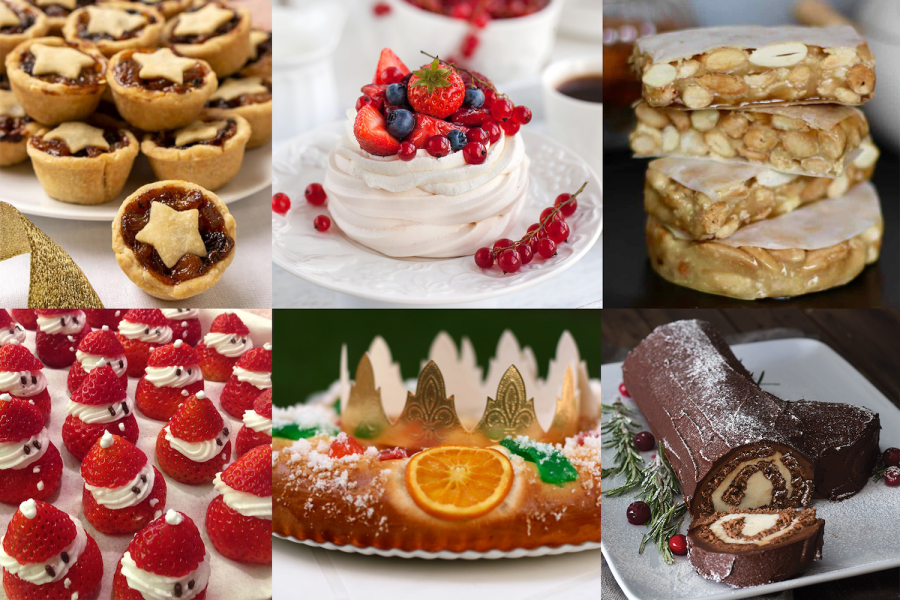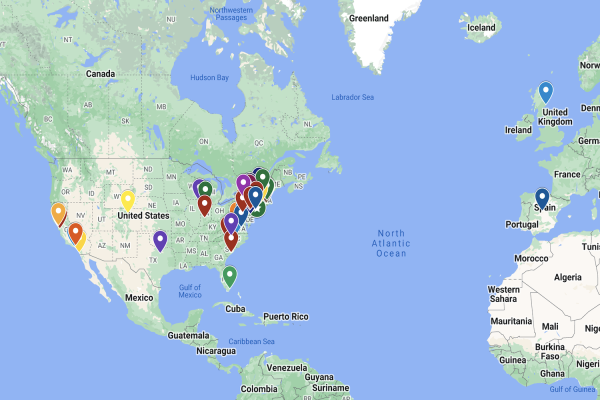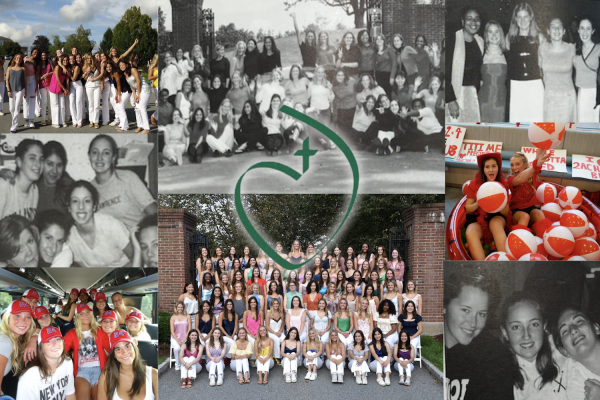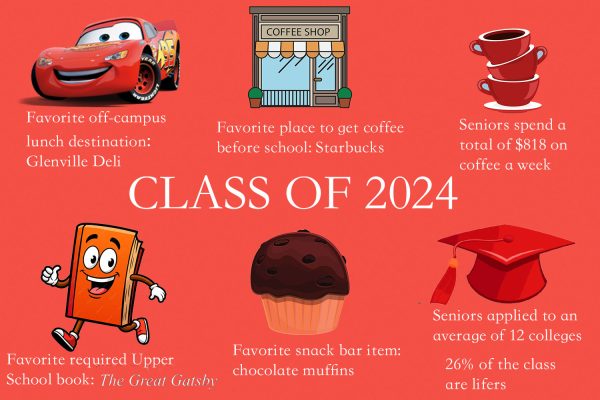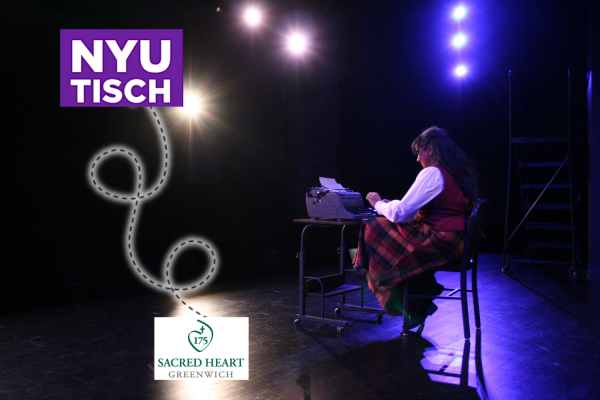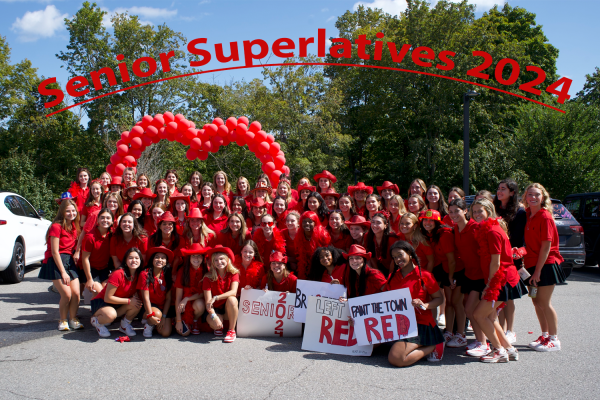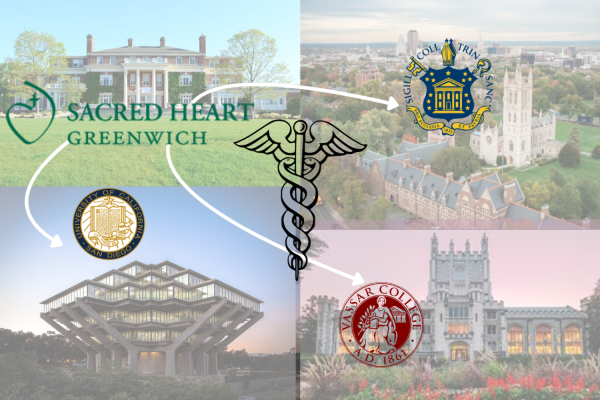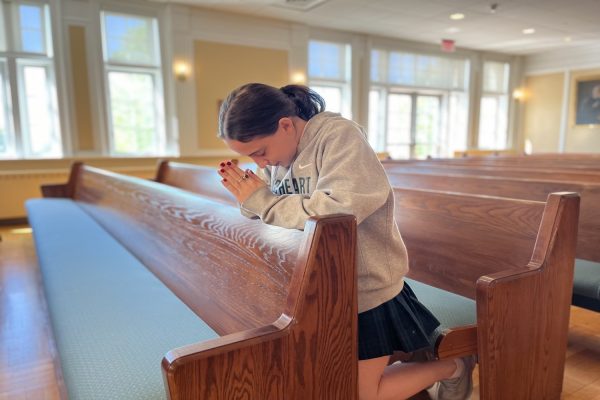Exchange students explain their Christmas cuisine
Exchange students at Sacred Heart Greenwich brought their knowledge about Christmas foods to America.
Around the world, Christmas Day victuals vary greatly. Sacred Heart Greenwich is currently hosting six exchange students, coming from Europe to Oceania, who all eat different dishes on Christmas Day with their families. Some of the meals differ drastically from the foods that are typically consumed in American households on Christmas Day.
In New Zealand, most families celebrate with a barbecue on Christmas Day, as it is the summer season during December. The barbecue consists of chicken kabobs, roast chicken, sausage, and kumara, a sweet potato equivalent. The dessert of choice is usually pavlova, a meringue-based dessert topped with whipped cream and fruit.

Exchange student sophomore Gemma Carter from New Zealand, who attends the Baradene College of the Sacred Heart, Auckland, hosted by sophomore Grace Iannaccone, indulges in these typical New Zealand Christmas delicacies with her family.
“My family has a barbecue where we eat roasted chicken, chicken kabobs, kumara, and sausage,” Gemma said. “For dessert, we have chocolate strawberries, pavlova, strawberry Santas, which are strawberries decorated to look like Santa with whipped cream, and Christmas crackers. We also have salad, and Christmas mince pies, which are made from a mixture of minced meat, a range of fruit, and spices such as cinnamon and nutmeg.”
Exchange students from Mount Anville Secondary School, in Dublin, Ireland, sophomore Sophia Sharkey, hosted by sophomore Ava Cobb, and sophomore Robyn Henderson, hosted by sophomore Sarah Augustine, have very similar Christmas meals. A typical Christmas Day spread in Ireland is similar to one eaten during Thanksgiving in the United States, consisting of chicken or turkey, and a side of mashed potatoes and stuffing. Some families, including Sophia’s, eat steak instead, and have a side of cabbage. The typical dessert, similar to New Zealand, is mince pies.
In France, the typical Christmas dessert eaten by most families is the bûche de Noël, or the yule log cake. This cake usually consists of chocolate cake with a creamy filling rolled into the shape of a log. As for the main meal, exchange student sophomore Marine Kohn, visiting from La Perverie Sacré-Cœur in Nantes, France, hosted by sophomore Justine Hounsell, starts by eating oysters and foie gras, a duck liver pâté, on Christmas. She and her family, like Sophia and Robyn, have either turkey or chicken with potatoes.
Barcelona, Spain, which is 607 miles away from Nantes, is the capital of the autonomous community of Catalonia in Spain. Catalonia and Barcelona have intertwined traditions and customs, so families in this area celebrate Christmas similarly. The traditional food to eat on Christmas Day is broth with chicken and shell pasta.
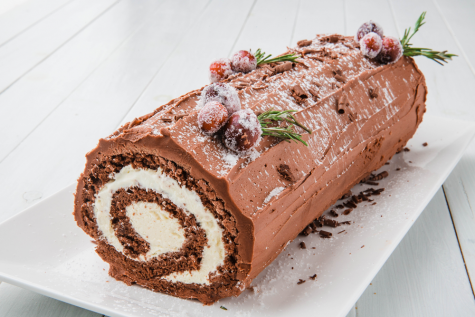
The day after Christmas is Saint Sebastian’s Day, when most families have their larger meal. On this day, Catalonians eat meat wrapped in pasta and covered in a creamy béchamel sauce, according to exchange student sophomore Sofía Molíns, hosted by sophomore Charlotte Marvin, who attends the Colegio Sagrado Corazón de Sarriá in Barcelona.
A six hour drive away from Barcelona is Madrid, where sophomore Teresa Villaescusa, hosted by sophomore Jessica Thompson, attends the Colegio Sagrado Corazón de Jesús. The most popular foods to eat on Christmas Day in Madrid are langostinos, or prawns, and turrón, a type of nougat, for dessert.
“On Christmas Day my family eats soup, langostinos, croquettes, serrano ham, ham with egg yolk, pork loin, chorizo, salad, and lamb,” Teresa said. “For dessert we always have nougat and chocolate.”
Another common Christmas food is roscón de Reyes, which people in Spain eat January 6 for Three Kings Day, or Epiphany. The roscón is a sweet bread, which is sometimes filled with cream or meringue. Inside the roscón, bakers hide small trinkets, such as a figure of a king or queen. The person who finds this figurine gets to wear a paper crown to symbolize his or her victory.
Robyn enjoys her Christmas traditions in Ireland because it allows her to become closer to her family through the preparation of the meal on Christmas Day.
“I like my Christmas traditions because by doing these traditions my family and I get closer for example when all the family gets together and we eat Christmas dinner together as a family,” Robyn said. “The Christmas food plays into these traditions by everyone participating in making the Christmas food.”
Featured Image by Natalie Dosmond ’21
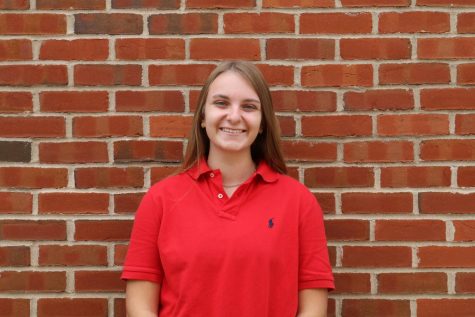
Natalie is thrilled to be the Editor-in-Chief for the King Street Chronicle this year. She is looking forward to engaging with the staff writers and pioneering...

